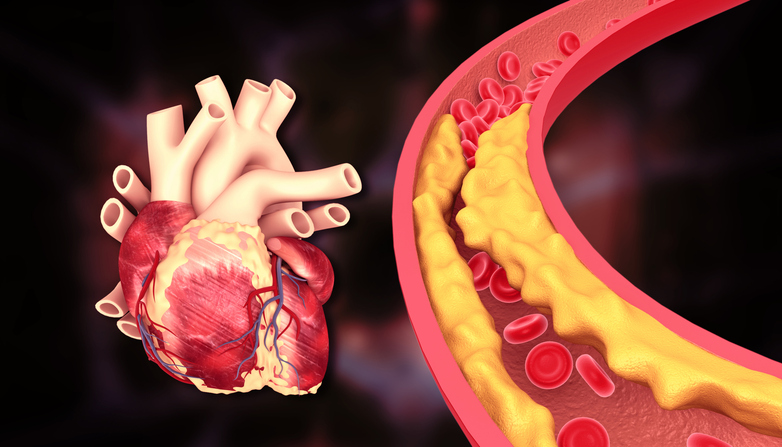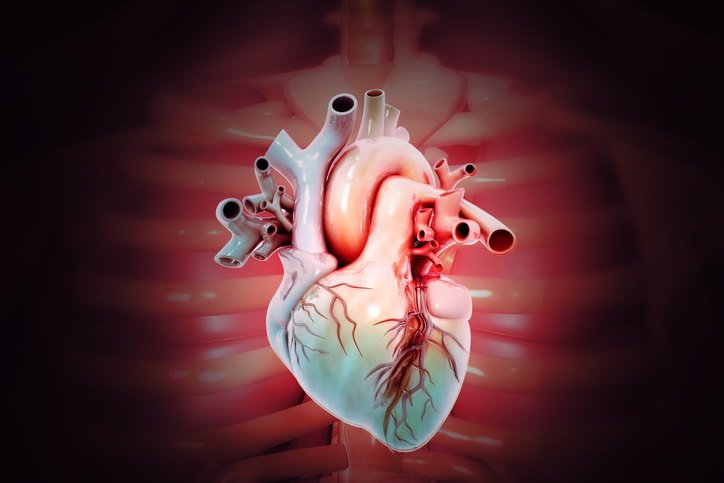
Coronary microvascular dysfunction (CMD) remains a significant cause of angina in patients with no obstructive coronary artery disease (ANOCA), with limited therapeutic options. Building on prior evidence from the double-blind and sham-controlled COSIRA trial, which demonstrated the efficacy of the coronary sinus (CS) reducer in improving angina and quality of life in patients with refractory angina secondary to obstructive CAD, Tryon et al. explored its potential role in CMD.
In this Phase II study, 30 patients with invasively diagnosed CMD and refractory angina (Canadian Cardiovascular Society [CCS] class III-IV) without obstructive epicardial coronary artery disease, despite optimal medical therapy, underwent CS reducer implantation. Microvascular function and clinical outcomes were evaluated at baseline and again at 120 days post-implantation. The primary endpoints were changes in coronary microvascular function, according to coronary flow reserve (CFR) with intracoronary adenosine ≤ 2.5—assessing endothelium-independent CM—and coronary blood flow (CBF) increase of ≤ 50% in response to acetylcholine —assessing endothelium-dependent CMD. Those with severe coronary vasospasm in response to acetylcholine were excluded.
This single-arm study revealed significant improvements in both coronary microvascular function and clinical outcomes with CS reducer implantation. Included patients had a mean age of 54.8 +/- 11 years and 66.7% were women. Device implantation was successful in 30 of 32 patients (94%) with procedural failure in 2 patients due to unsuitable coronary sinus anatomy. Two patients suffered coronary sinus perforation requiring pericardiocentesis, both occurring early in the center’s experience. There were no procedural deaths or myocardial infarctions. Patients with impaired CFR (n=19) exhibited a median increase from 2.1 to 2.7 (p=0.0011), while those with reduced CBF response (n=11) demonstrated a median increase from -11.0% to +11.5% (p=0.042). CCS angina class improved from a median of 4.0 to 2.0 (p<0.001), with 76.7% of patients having at least 1 CCS angina class improvement. Quality of life scores on the Seattle Angina Questionnaire significantly increased across all domains (p<0.006 for all). Curiously, changes in CFR or CBF did not correlate well with changes in symptoms across the study participants, which raises questions about the mechanism of benefit and contributions of a placebo effect, although the data was likely not powered to assess such correlations.
The results suggest that the CS reducer could effectively redistribute myocardial blood flow, addressing ischemia at the microvascular level. Its efficacy in CMD extends the clinical scope of this device, previously tested for refractory angina in obstructive CAD. The physiological benefits observed in both endothelium-dependent and independent CMD underline its broad therapeutic applicability across the range of CMD phenotypes. These findings support the potential for the CS reducer to become an important tool in the otherwise meager treatment armamentarium for CMD.
Ongoing studies, including the CORSIRA-II trial, aim to establish the long-term safety and efficacy of the CS reducer in patients with refractory angina pectoris treated with maximally tolerated guideline-directed medical therapy who demonstrate objective evidence of reversible myocardial ischemia in the distribution of the left coronary artery and who are deemed unsuitable for revascularization. These efforts are expected to refine patient selection criteria and further validate its role in addressing the unmet therapeutic needs of both CMD causing ANOCA as well as obstructive epicardial coronary disease without revascularization options.
References
Tryon, D, Corban, M, Alkhouli, M. et al. Coronary Sinus Reducer Improves Angina, Quality of Life, and Coronary Flow Reserve in Microvascular Dysfunction. J Am Coll Cardiol Intv. 2024 Dec, 17 (24) 2893–2904. https://doi.org/10.1016/j.jcin.2024.09.018







 © 2025 Mashup Media, LLC, a Formedics Property. All Rights Reserved.
© 2025 Mashup Media, LLC, a Formedics Property. All Rights Reserved.